Phalaenopsis pulcherrima (Lindl.)
J.J.Sm. in situ
|
| |
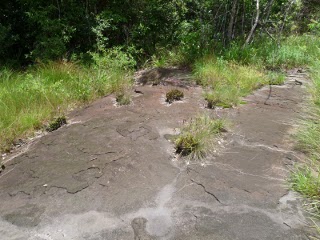 |
The photos in this page are all
from François Sockhom Mey who had the great opportunity to see Phalaenopsis
pulcherrima in situ.
You can read the original article by François on his own blog here.
He kindly gave me permission to use his pictures and gave me the
informations you can read in this page. I warmly thank him.
This species is fairly common in the province of Koh Kong, Cambodia.
This part of the country, like most of the rest of the country is
subject to a severe dry season
and the species has evolved to cope with such a hostile environment,
growing in places where nothing else will grow.
|
| |
|
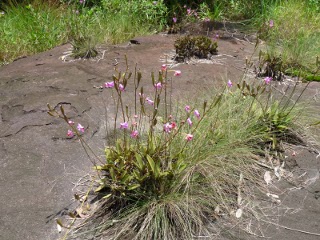 |
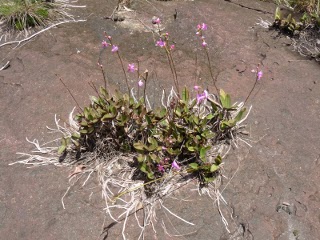 |
What an amazing sight to see these
plants growing, flowering and reproducing in the middle of a rock with
nothing else around!
|
| |
|
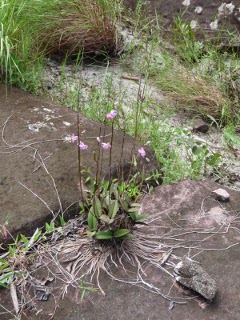 |
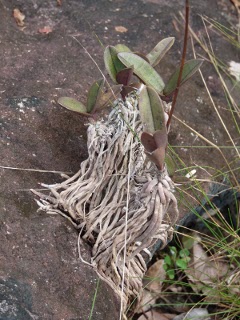 |
| These roots are really incredible.
The photo on the right is one of my favorite. I will remember it when
asking me the question whether it is time or not to repot my plant... |
| |
|
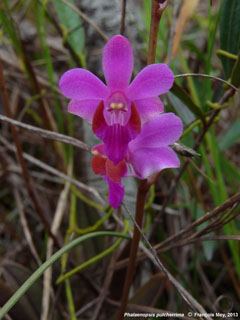 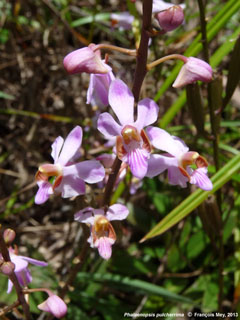
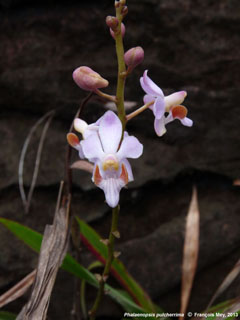
In nature as well as in culture in our greenhouses, the same color
fluctuation occurs: this species produces flowers ranging from pale
pink to dark pink.
|
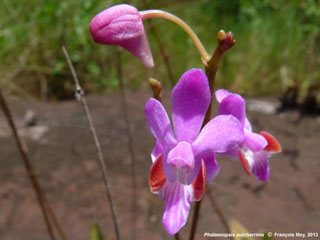
These two flowers, still well open, have no more their pollinia. A bug must
has been there few time ago.
|
| |
|
The pictures below are also form
François and shoot in the same area but on other sites.
|
| |
|
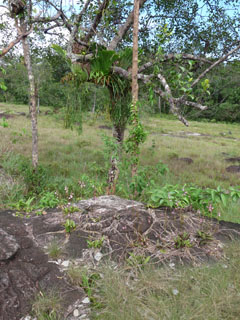 |
| Another station where many Phalaenopsis
pulcherrima have grown. |
| |
|
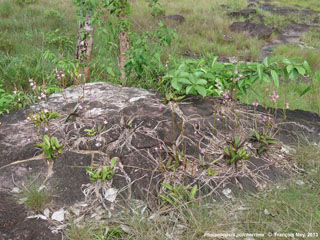 |
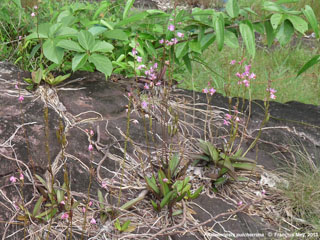 |
| |
|
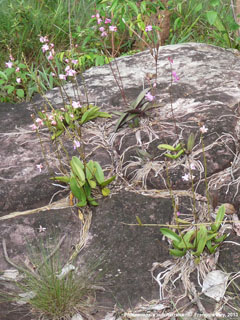 |
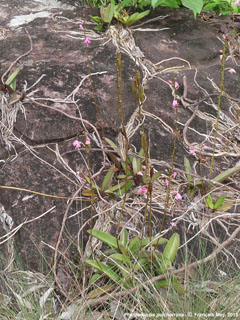 |
The four pictures above give
details of the same area. Note how plants spread their roots over long
distances and cling firmly to the rock. Also note the large number of
capsules already present. It is thanks to this great fertility that
this species has remained common in the region, despite regular
sampling.
|
| |
|
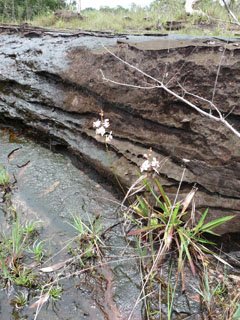 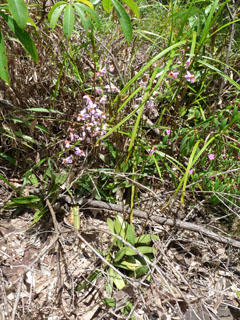
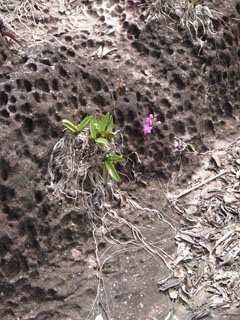 |
Three more pictures of plants
growing in other conditions, always in the same region and in areas 10
km from each other. These areas are flooded regularly by monsoon. Phalaenopsis
pulcherrima can thrive in areas with more humus but is thus in
strong competition with other plants.
|
| |
|
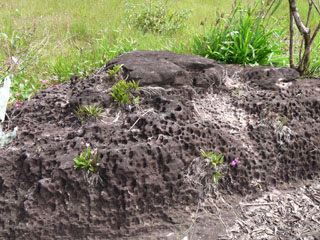 |
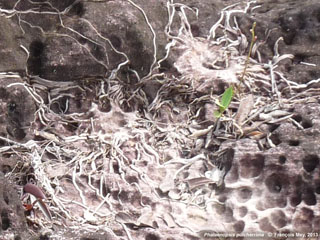 |
Although the rock is fairly steep
and vertical, it did not prevent the plants to fix firmly and thrive in
full sun. Note the large white patches on the rocks with remnants of
roots. This corresponds to a location where plants disappeared being
either washed away by the monsoon, or most certainly collected to be
sold.
|
| |
|
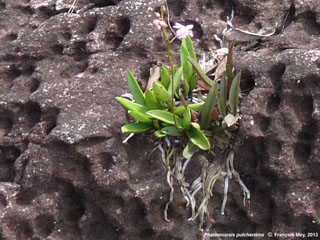 |
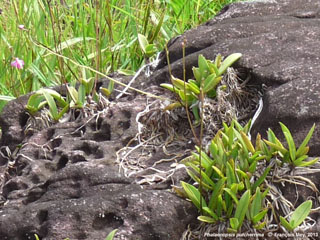 |
The plants grow in number and fill
the cavities!
|




















